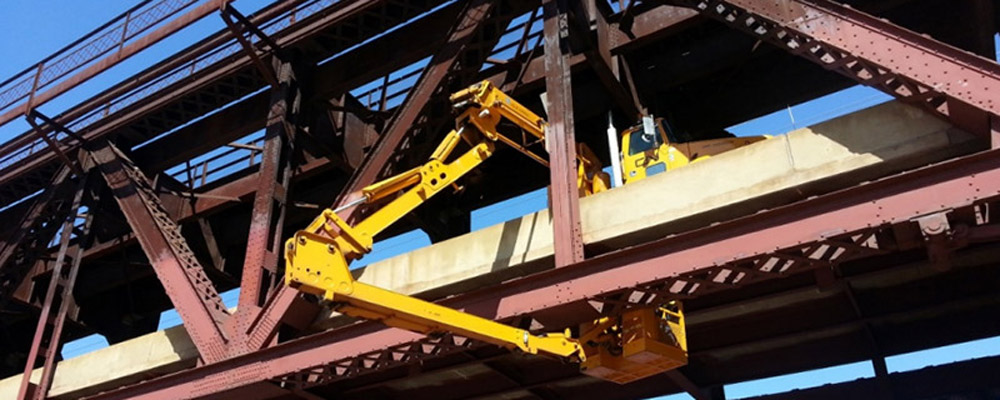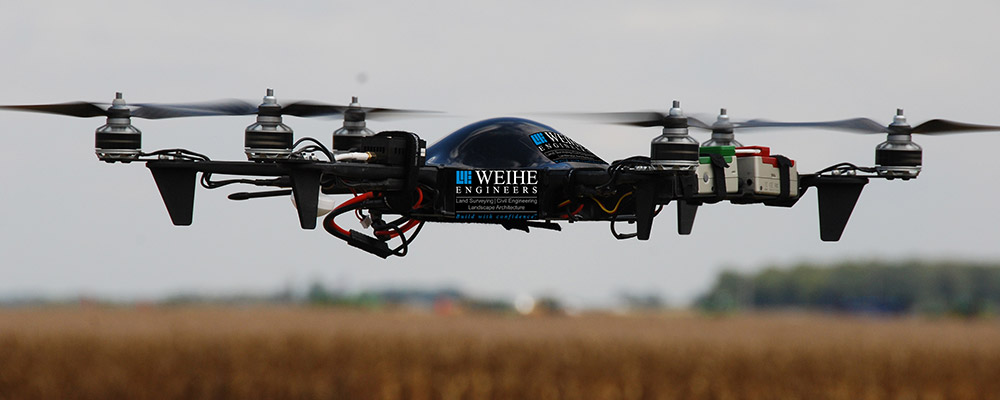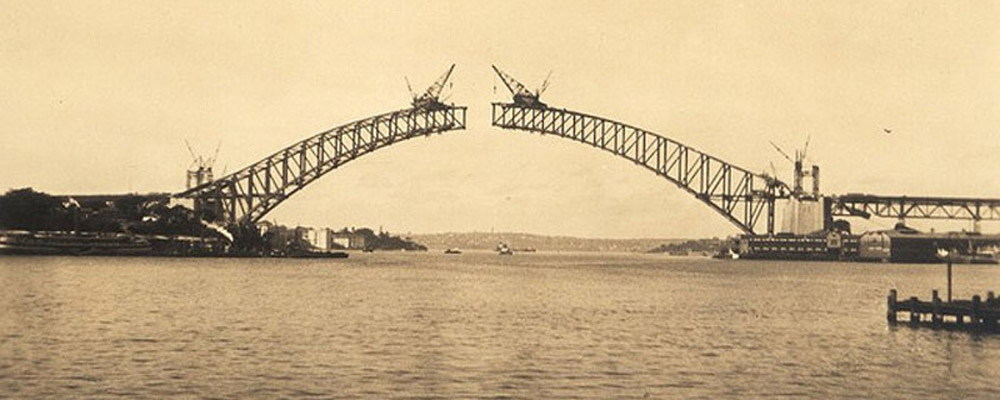The Future of Bridge Inspections with UAV Technology
Man and machine, the two have worked alongside each other for years simplifying tasks and getting us places we could not have been otherwise. Bridges are built to help us traverse large areas such as bodies of water or canyons. Routine inspections are required to ensure the safety of the public crossing these structures. Unmanned aerial vehicles (UAVs) present an opportunity to increase the efficiency of inspections while improving bridge worker safety.
Traditional inspections use a large machine known as a “snooper”, a crane-like machine mounted on the back of a truck that lowers an inspector to the underside of the bridge. From there the inspector takes pictures and videos. A snooper requires ample room to park and maneuver inspectors into place, often causing traffic backups. Its slow moving machinery requires intense coordination and ample time to maneuver the inspector into position safely. When snoopers are not available or not practical to use, rope repel systems are used. This puts the inspector at an increased level of risk as he/she is connected via harness to the bridge. With UAVs, pictures and videos can be taken for bridge inspections in approximately 25% of the time of that needed to obtain the same information with snoopers and with minimal risk to the operators.

States including Minnesota, Michigan, and Connecticut have recently tested unmanned bridge inspection with UAVs and have found it beneficial. It has been used to obtain aerial imagery for overhead views, 3D model creation, and site mapping. Infrared technology is also being developed that can help engineers spot cracks or defects in bridges. Unlike snoopers, UAVs can be used without disrupting traffic. Jennifer Zink, the State Bridge Inspection Engineer with the Minnesota Department of Transport (MnDOT) claims that UAV bridge inspections can be done without a single traffic disturbance. In fact, a UAV can be launched from a boat underneath a bridge, and obtain all necessary information without being seen by a single car. With proper failsafe methods put in place, even a lost signal or sudden battery failure would not put bystanders in harm.
Just how accurate are these bridge inspections? UAVs provide pictures of bridge components with the same resolution as photos obtained using the snooper and rope repel systems. A properly trained and certified inspector is required to lead the inspections. The inspector will instruct the pilot where to maneuver the UAV by watching a live feed video monitor of the UAVs view. Another member will then note the important aspects of particular locations such as where the UAV is, which photo numbers reference important locations, and if the area is deemed to be of concern. Weihe Engineers’ UAV is equipped with automatic GPS stabilization allowing us to produce steady and clear images with its 1080p camera.

With a variety of services available, knowledge on the current laws, and operational experience, everything is lined up for you to FlyWeihe. This is the technological future of our world, and Weihe Engineers Inc. is proud to be at the forefront. If you’d like to discuss UAV services available from Weihe Engineers, please contact our Vice President of Surveying, Brady Kuhn, P.S. at (800) 452-6408.

